How To Look After Indoor Plants
With spring approaching and new plants, flourishing you may be thinking of adding extra things to your home to spruce it up. Well, why not get some indoor plants, they have so many benefits and make your home feel very cozy.
Benefits of indoor plants
- Boost mood, productivity, concentration and creativity
- Reduce stress, fatigue, sore throats and colds
- Clean indoor air by absorbing toxins, increasing humidity and producing oxygen
- Add life to a sterile office, give privacy and reduce noise levels
Succulents
 These are very trendy and easy to find. Popular succulents are living stones, lithops, money plant and crassula ovata.
These are very trendy and easy to find. Popular succulents are living stones, lithops, money plant and crassula ovata.
How to keep them alive
- they need plenty of light but don’t let them get chilled or sunburned.
- If your plant starts to stretch or get tall it is not getting enough light
- Grow them in gritty free-draining compost and allow them to dry out completely between watering
- Never let them stand in water
Cactus
There are so many different types of cactus. Bunny eared Opuntia cacti produces prickly pads and the Barrel Cactus with its bright yellow spines are perfect for growing on windowsills. Moon cactus are also popular and especially with children as they are fun and funky plants that have a small round top cactus, which can be red, orange of yellow, grafted on top of a taller green base specimen.
- happiest in a sunny spot
- Don’t overwater them
- Place in gritty, free-draining compost and water with tepid rainwater
- Wait till the compost has dried before watering again
Fern
These come in different varieties but not all make good houseplants. Maidenhair, asparagus and sword ferns will grow in cool shady spots like the bathroom or kitchen.
- grow best in bright light with some shaded spots midday
- Poor light can be tolerated for short periods
- The plant will die if room temp is below 10 degrees
- Keep the compost permanently moist
- In hot dry air mist those leaves to prevent browning and drying to a crisp
- Throughout spring and summer give ferns some dilute liquid feed every couple of weeks.
Geranium
The best ones to grow inside are those with scented leaves. Some popular choices are the rose-scented pelargonium capitatum and lemon-scented pelargonium citronellum.
- grow them in a sunny position but not in a spot hit by the full midday sun
- Water moderately during spring and summer
- Avoid the compost becoming too wet
- Feed plants every 10- 14 days with high nitrogen fertilizer in spring
- Pinch out the shoot tips in late winter to encourage growth
- Once flowers start to form switch to a high potassium fertilizer such as tomato feed.



 All you need to cook is warmth from the fire and hot flat surface to cook on
All you need to cook is warmth from the fire and hot flat surface to cook on 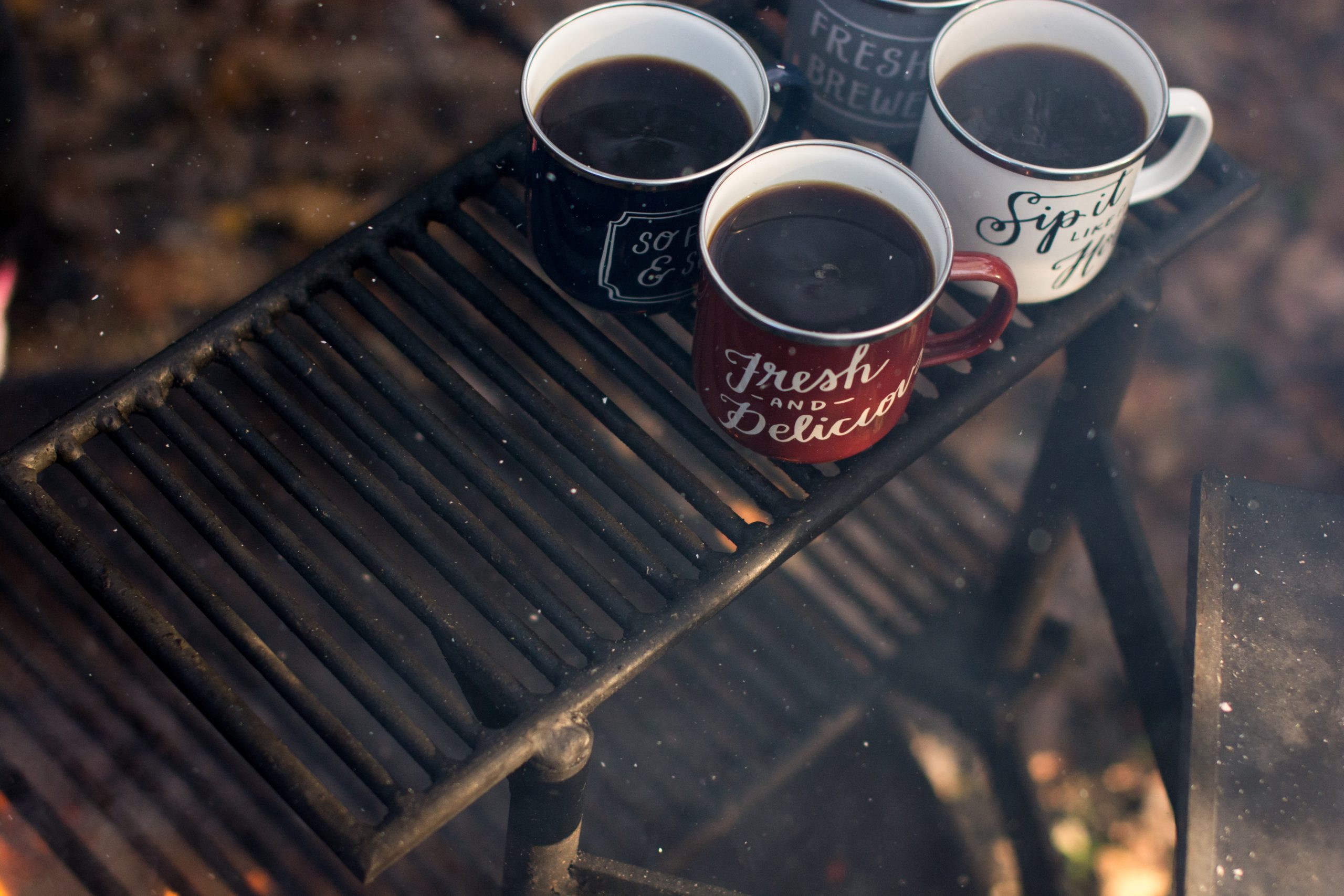
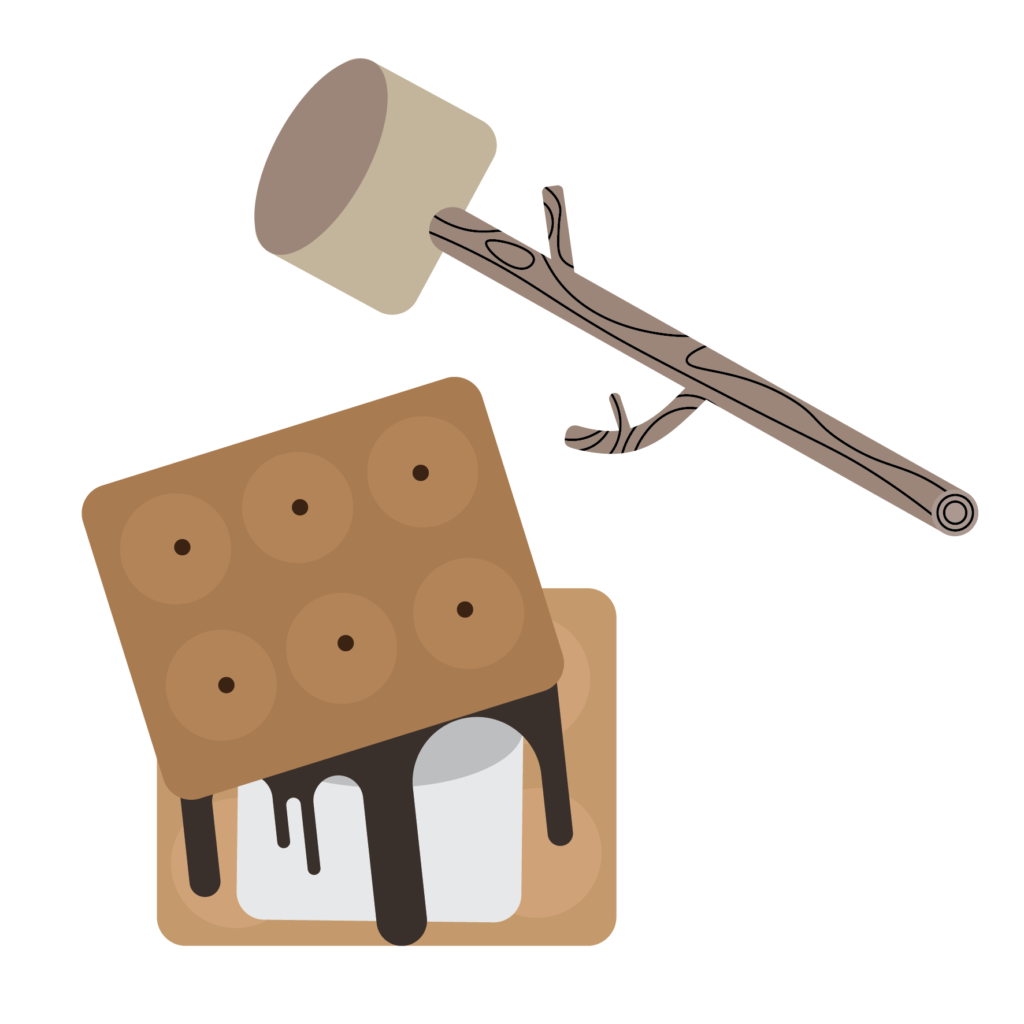 The Campfire Percolator Coffee Pot
The Campfire Percolator Coffee Pot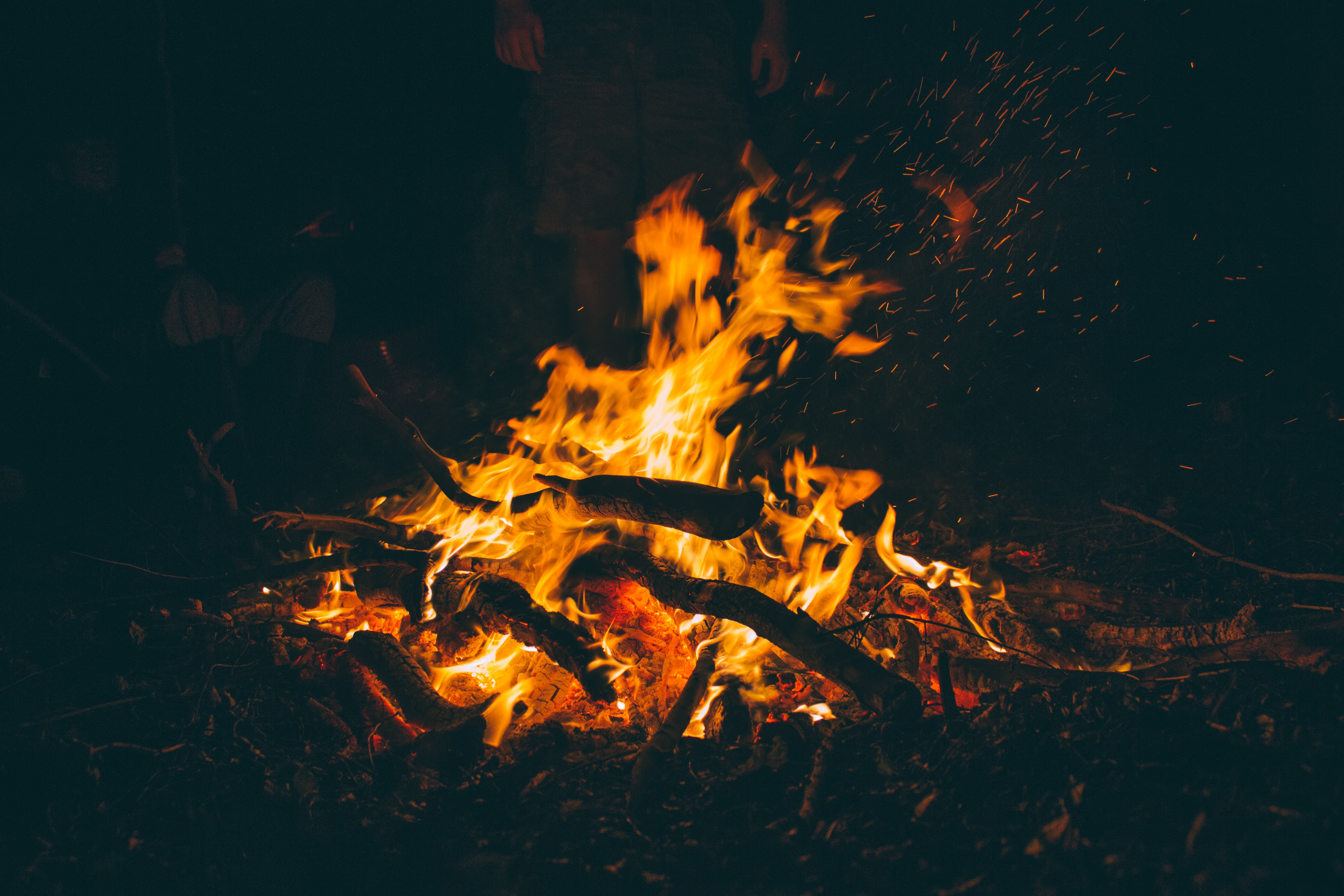
 Repelling allergens
Repelling allergens 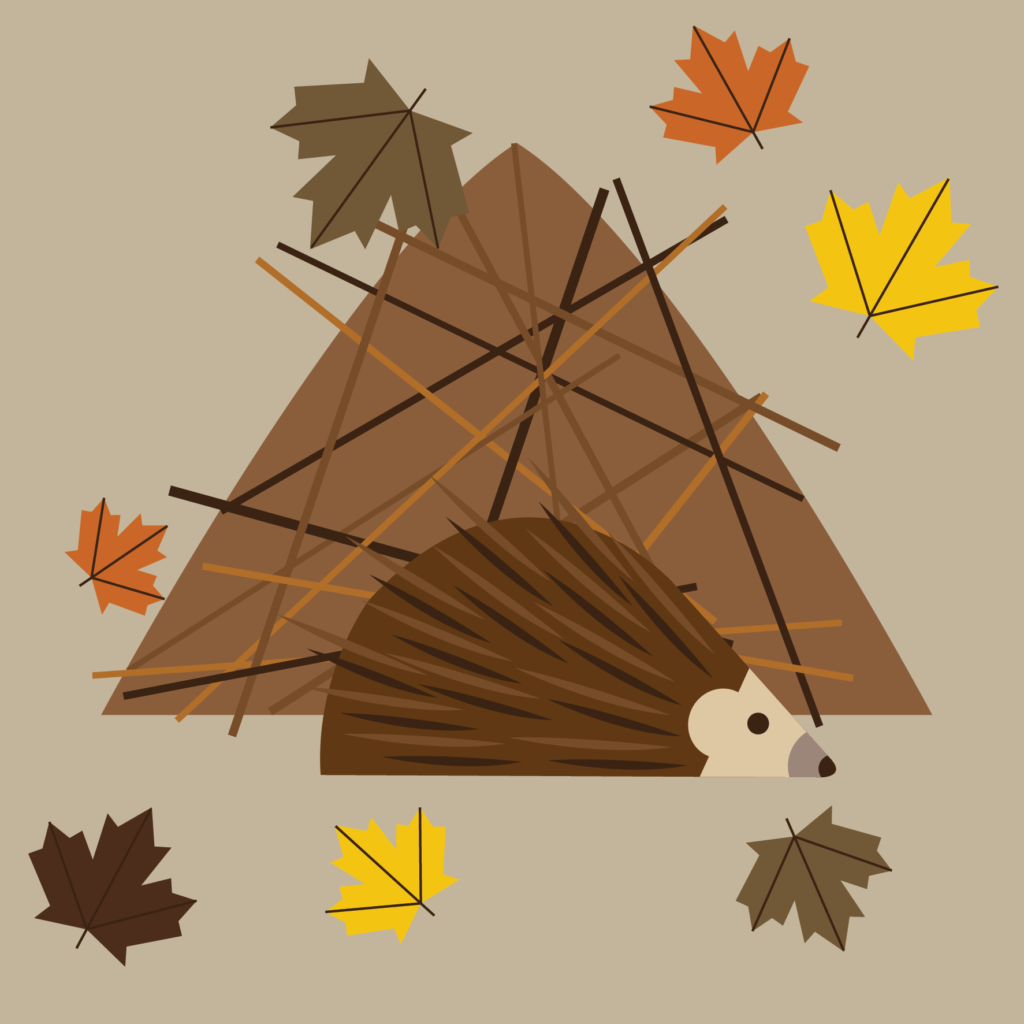 Good for the environment
Good for the environment 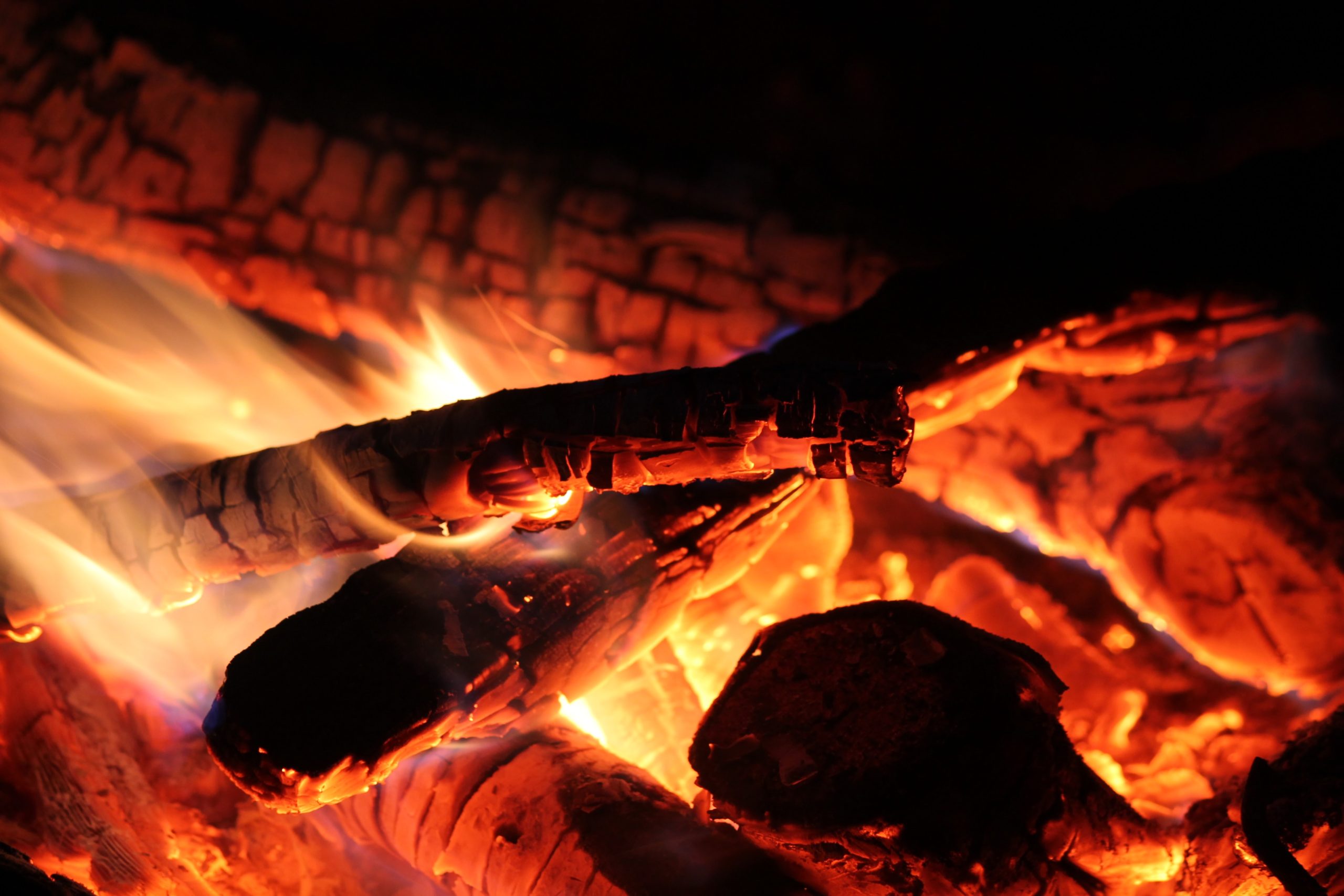
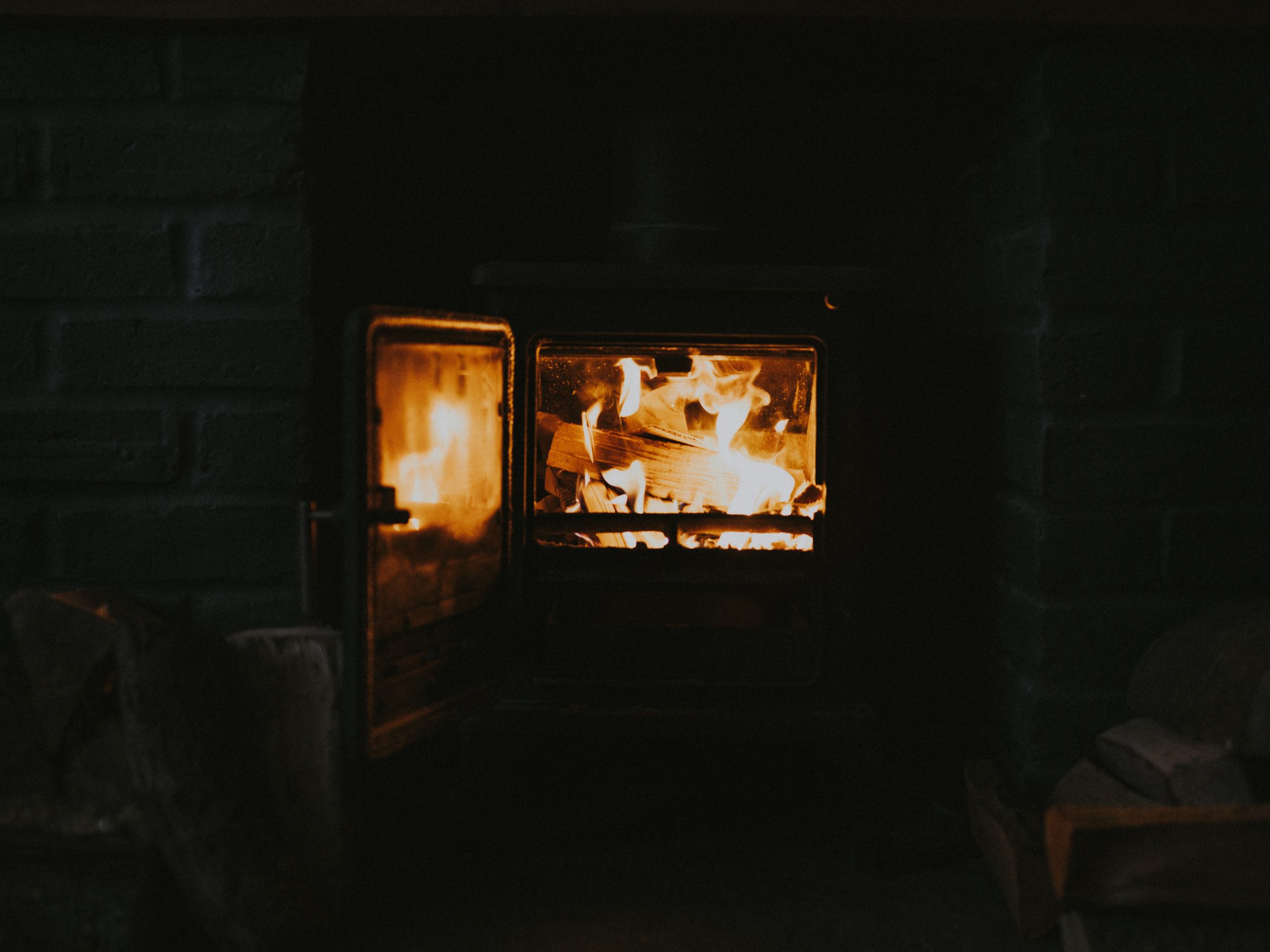
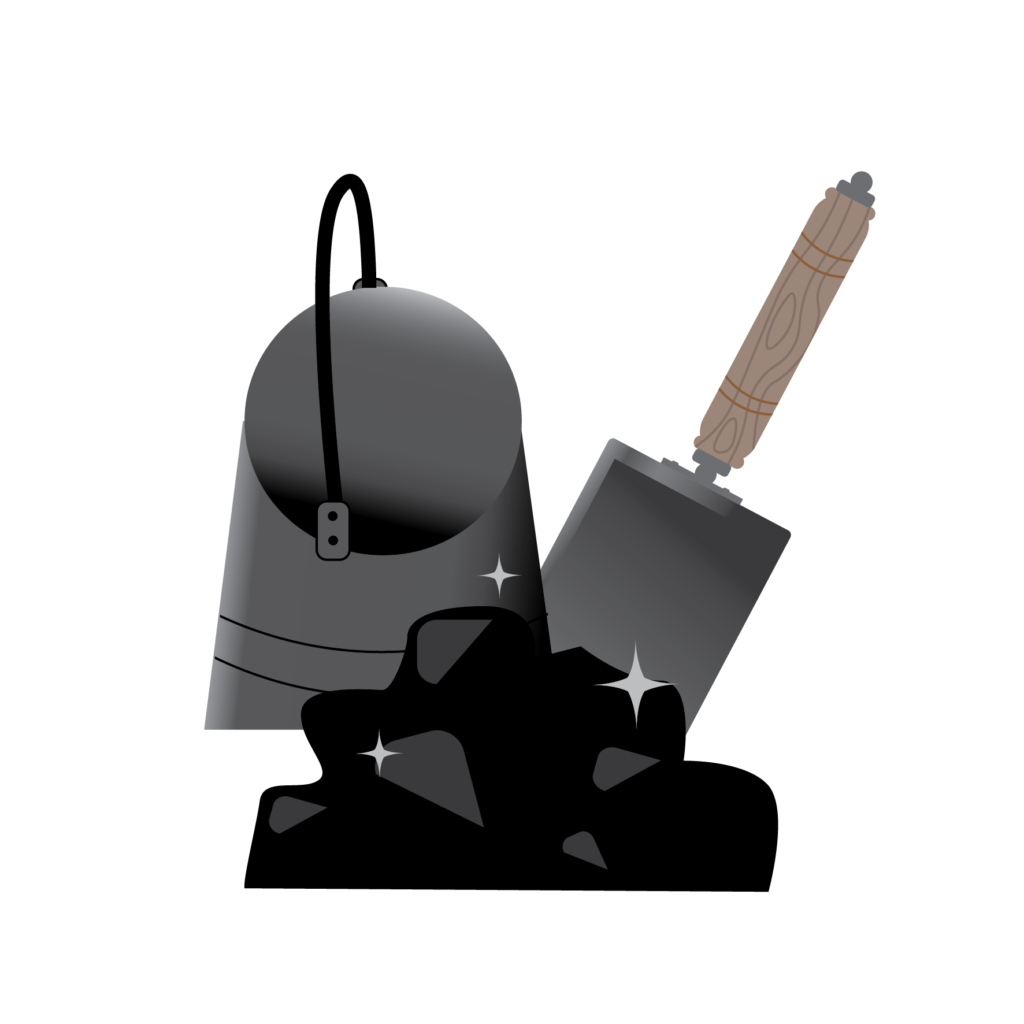 Cleaning
Cleaning 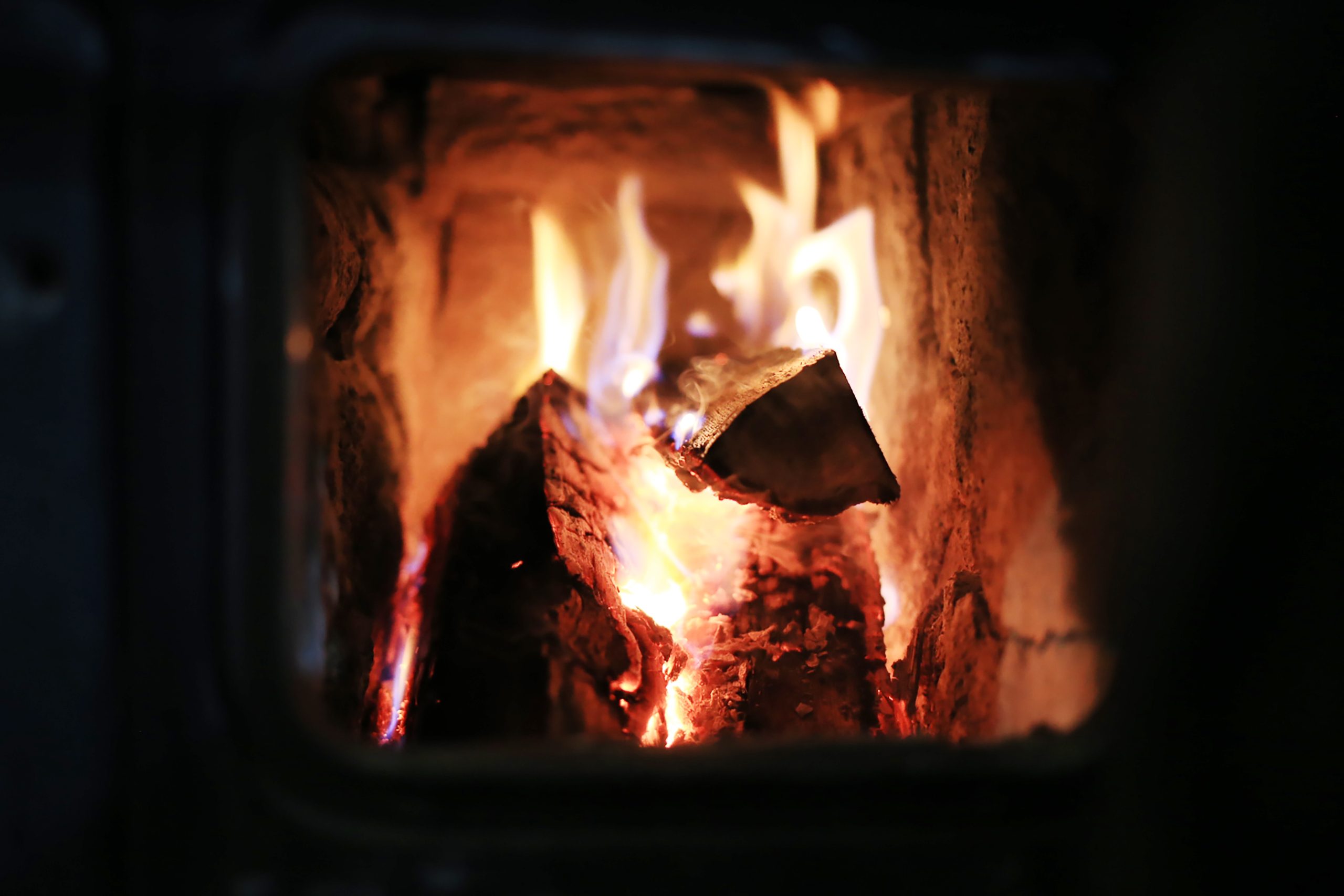
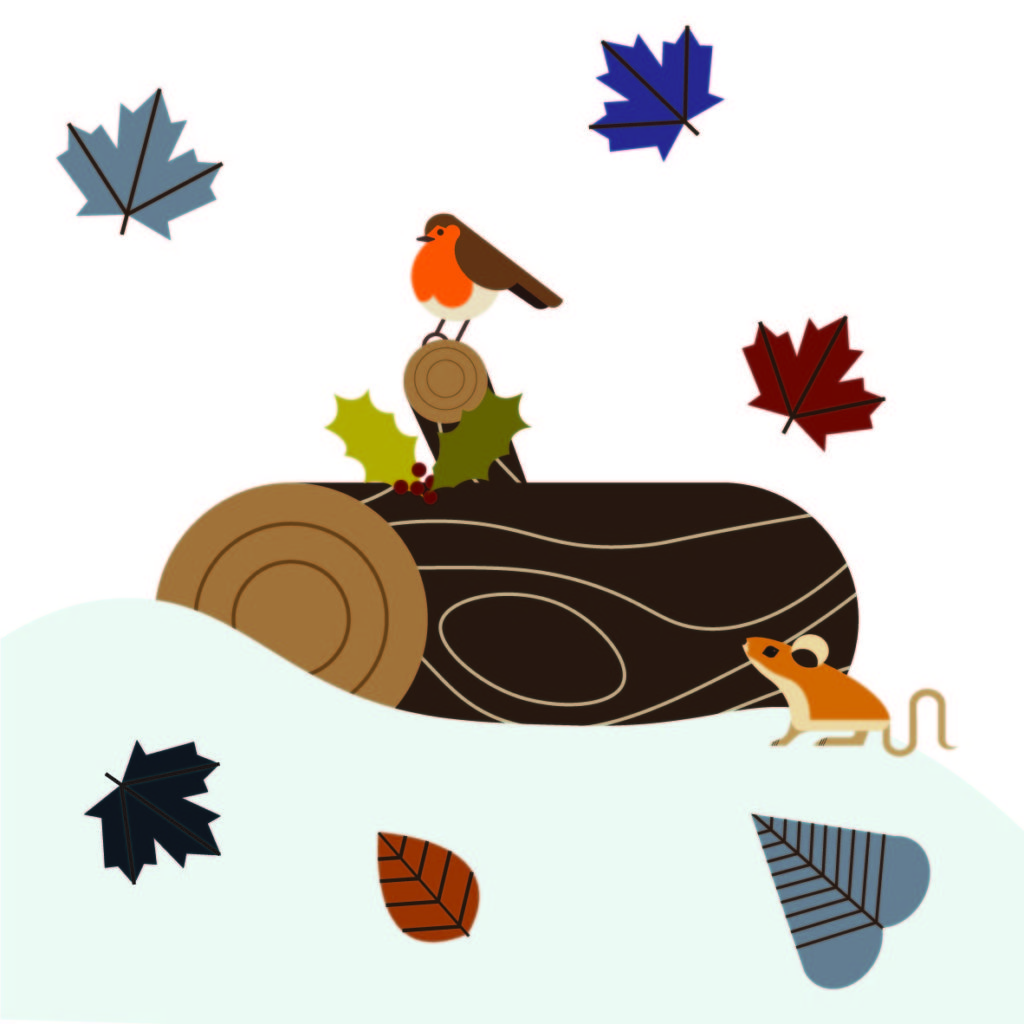 Similar traditions
Similar traditions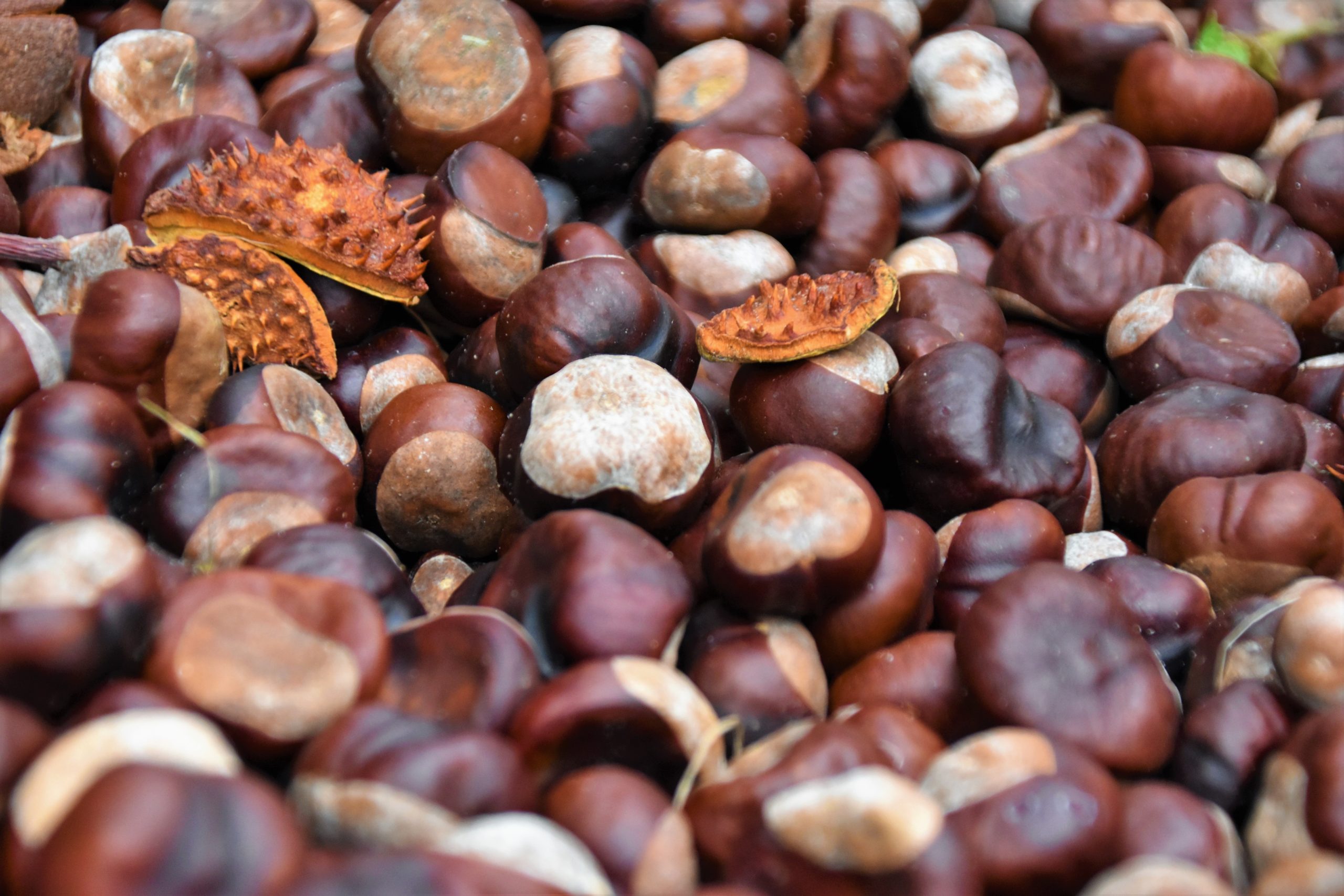
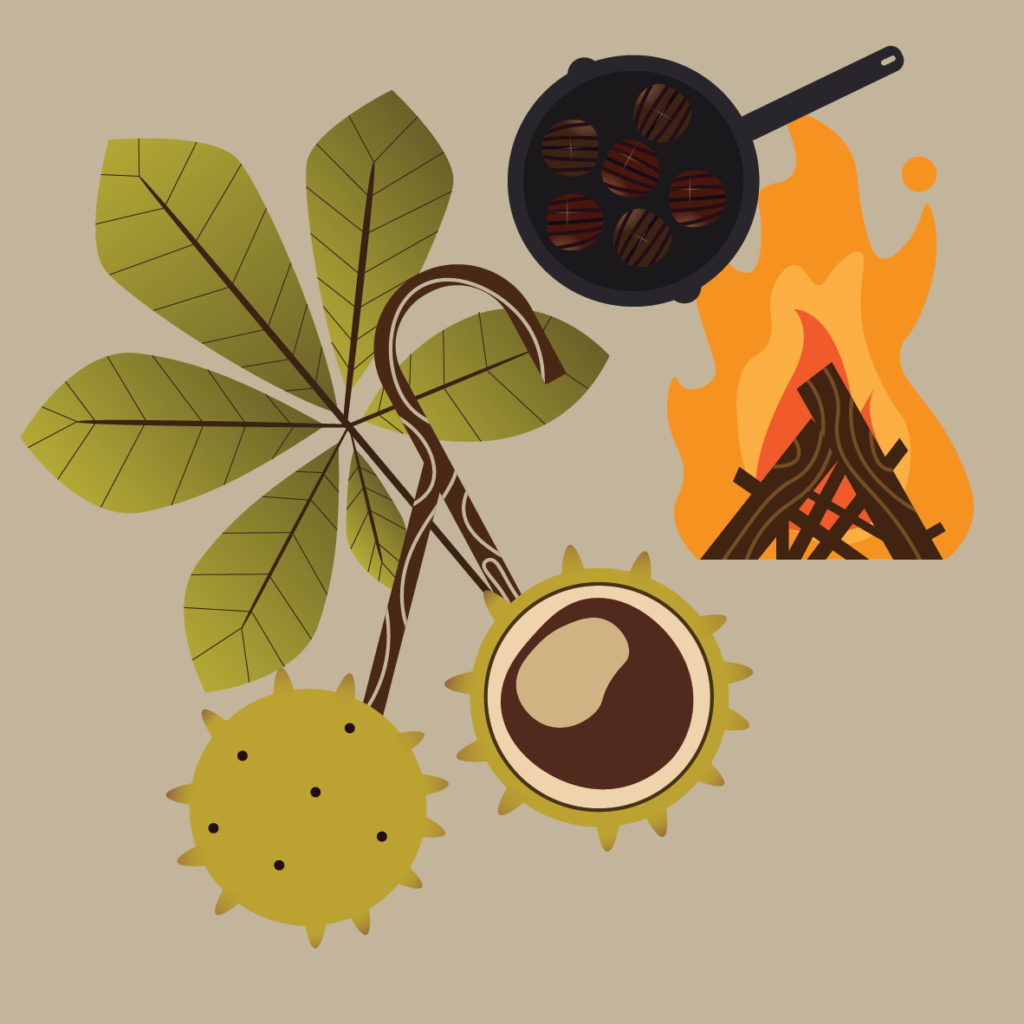 Roasting over an open coal fire
Roasting over an open coal fire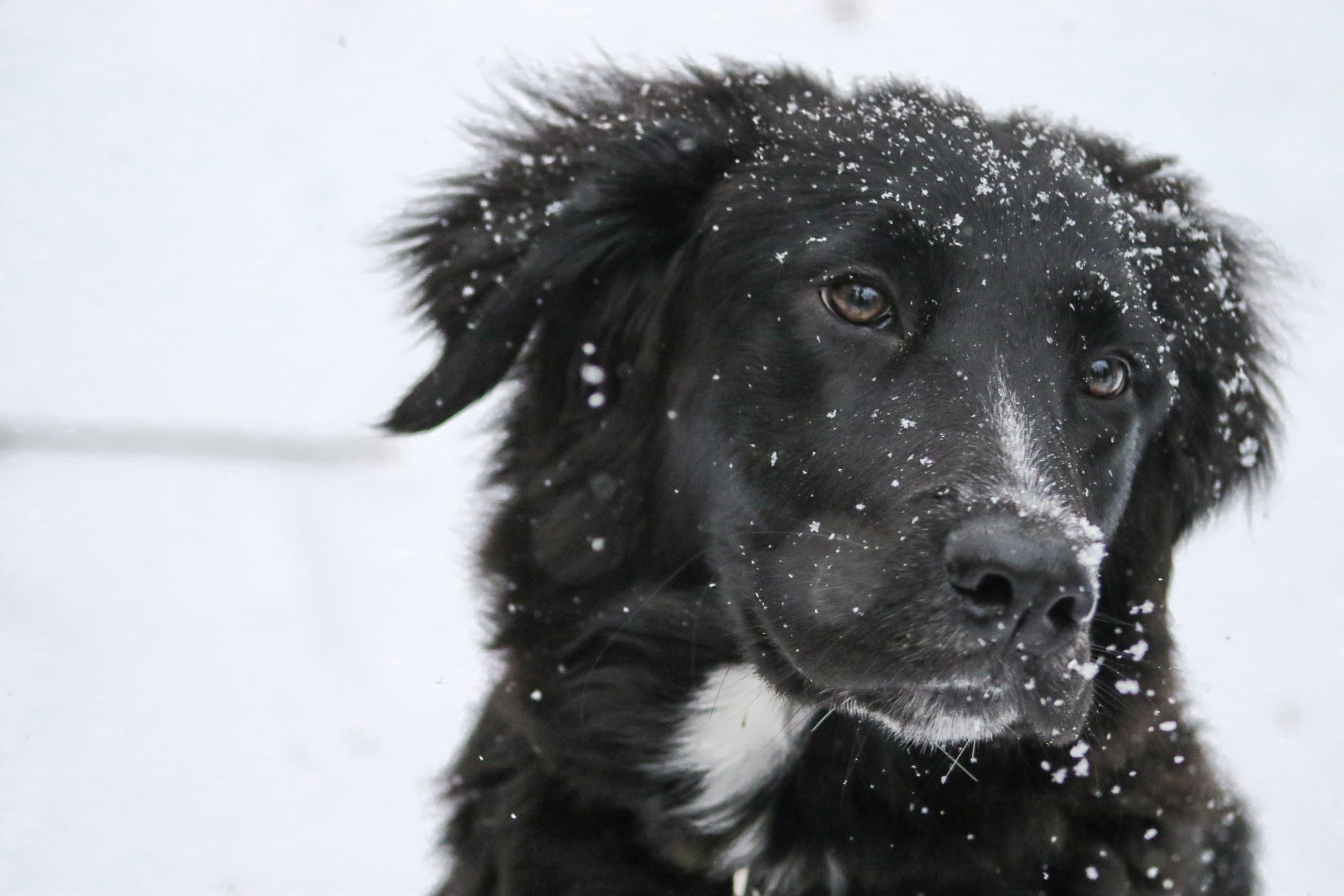
 3. Fire safety
3. Fire safety  6. Keeping small pets warm
6. Keeping small pets warm 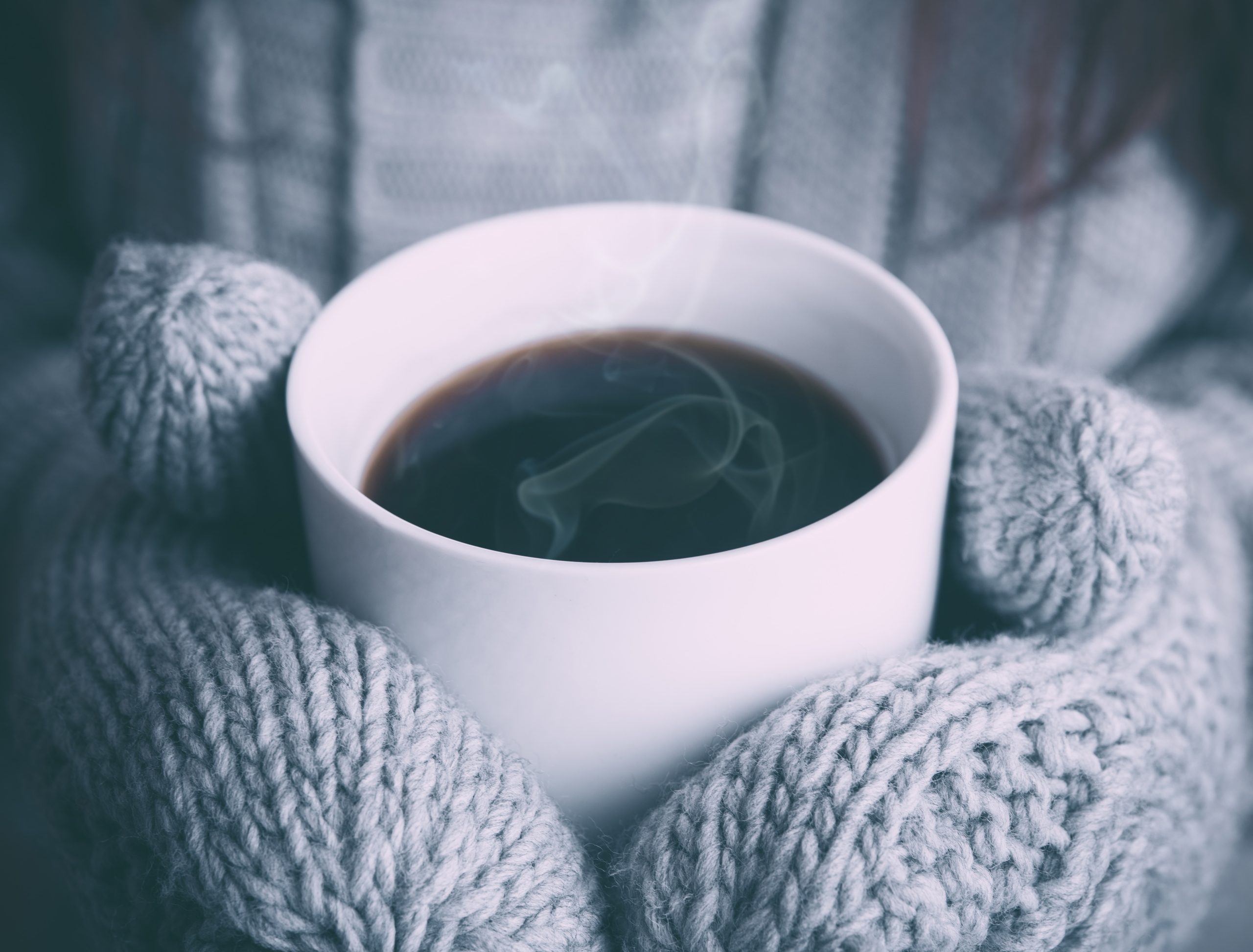
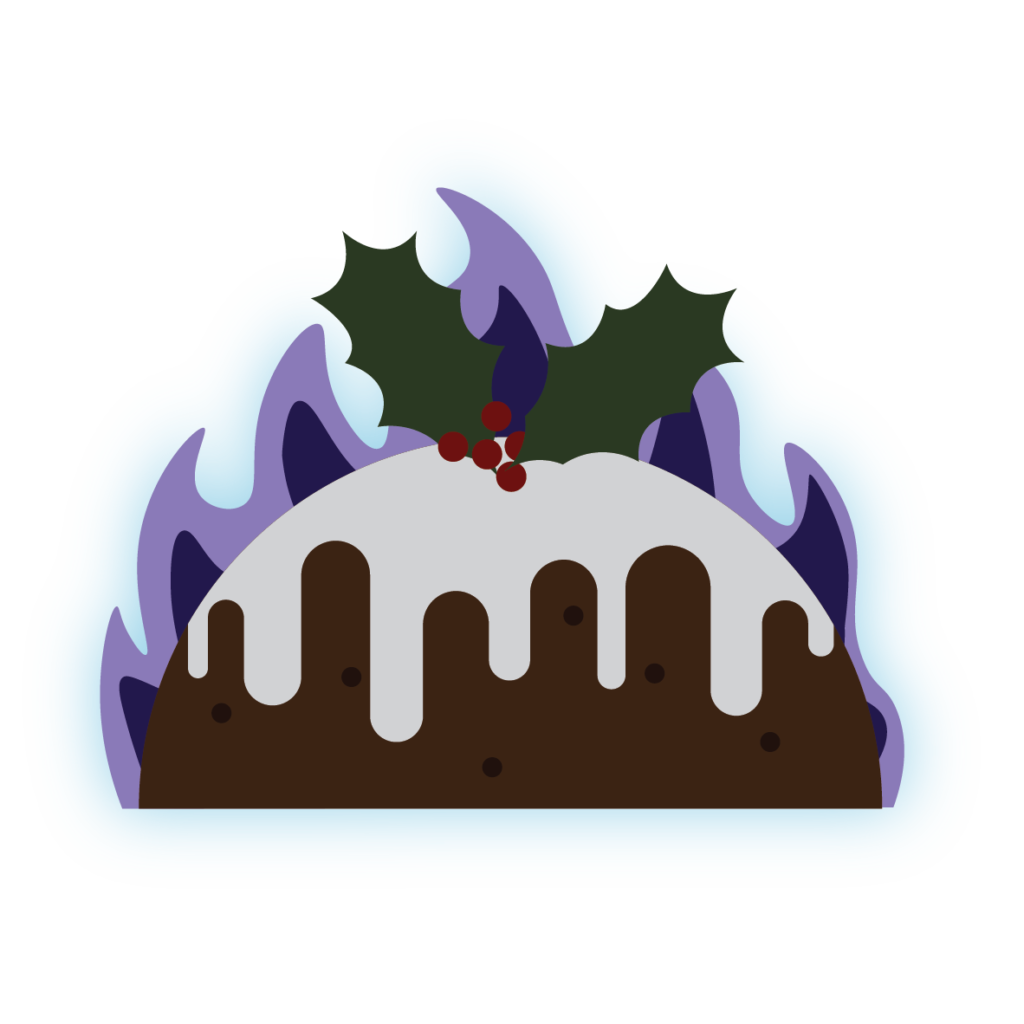 Winter brings around all the best food that you can enjoy. From roast dinners and mince pies to cheese boards and lots of chocolate. This Christmas why not try something new at a Christmas market like the chimney cakes or strudel.
Winter brings around all the best food that you can enjoy. From roast dinners and mince pies to cheese boards and lots of chocolate. This Christmas why not try something new at a Christmas market like the chimney cakes or strudel.